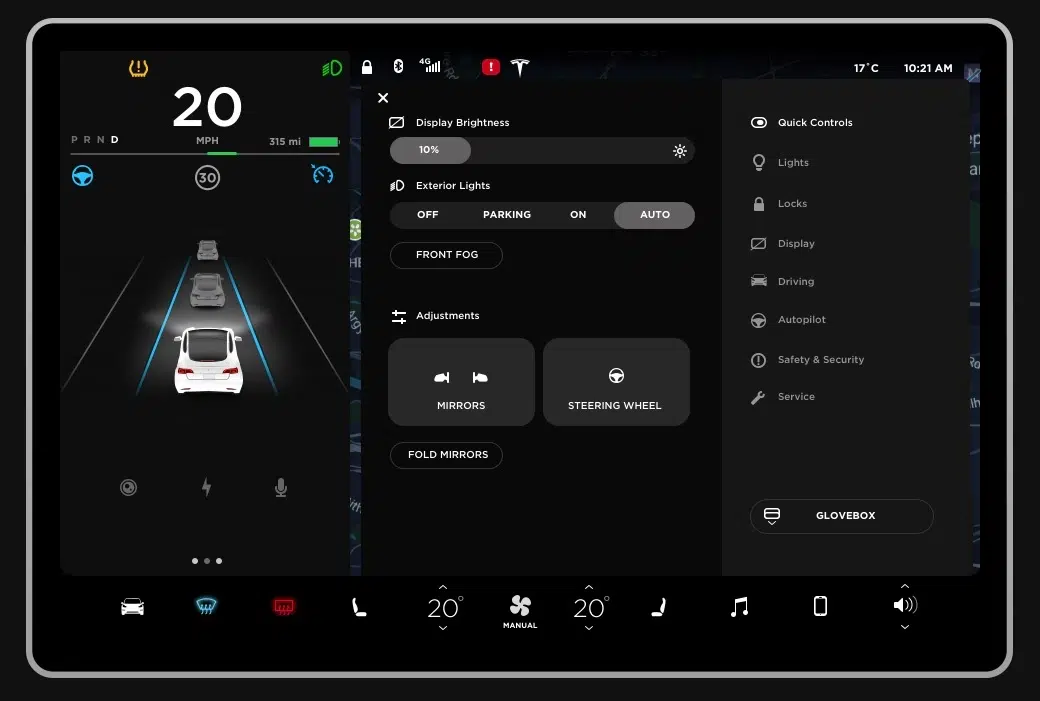The Basic Components and Branches of Artificial Intelligence
Advancements and interest in artificial intelligence (AI) have increased dramatically over the past several years. For instance, see the interest over time in Google Trends for users searching the term “AI” over the past two years.
For multi-location marketers, AI will continue to impact your marketing strategies and business decisions.
In this article, we’ll explain the essential components of AI and the five main branches. This will provide you with a rudimentary knowledge of AI so you can better understand the technology and implement it into your marketing strategies.
The Basic Components of AI
Table of Contents
Before we jump into the different components of AI, let’s first define what artificial intelligence is. AI is a machine’s ability to perceive, synthesize, and infer information and then perform cognitive functions often associated with the human mind.
Now, onto what engineers and scientists have developed to create the AI that we know today.
1. Learning
Learning is a crucial component of AI as it enables AI systems to learn from data and improve performance without being explicitly programmed by a human.
AI technology learns by labeling data, discovering patterns within the data, and reinforcing this learning via feedback, often in the form of rewards or punishments. Punishments are negative values associated with undesirable outcomes or actions.
Example: Voice recognition systems like Siri or Alexa learn correct grammar and the skeleton of a language.
2. Reasoning and Decision Making
The second major component of AI is reasoning and decision-making. AI systems can use logical rules, probabilistic models, and algorithms to draw conclusions and make inferred decisions.
When faced with problems or issues, AI models should use reasoning to generate consistent results.
Example: A writing assistant, like Grammarly, knows when or when not to add commas and other punctuation marks.
3. Problem Solving
Problem solving in AI is similar to reasoning and decision making. AI systems take in data, manipulate it and apply it to create a solution that solves a specific problem.
Example: A chess game understands its opponent’s moves and then decides to make the best decision based on the game’s rules and predicting future moves and outcomes.
4. Perception
The fourth and final component of AI is perception. Perception refers to AI utilizing different real or artificial sense organs. The AI system can take in data and perceive suggested objects, and understand its physical relationship (e.gl, distance) to said objects. Perception often involves image recognition, object detection, image segmentation, and video analysis.
Example: Self-driving cars gather visual data to recognize roads, lanes, and obstacles and then map these objects. See the example below of a Tesla 3’s navigational map.
Courtesy of TechCrunch
The Five Branches of AI
Below are the five most significant branches or subfields of AI.
1. Machine Learning
Technically, Machine learning (ML) is a subset of AI. ML is the ability of machines to learn from data and algorithms automatically. ML uses the essential components of AI we discussed earlier to make decisions without being explicitly programmed by a human.
2. Deep Learning
You can think of deep learning (DL) as a subset of machine learning. At its core, DL uses artificial neural networks (ANNs) inspired by the human brain. DL uses these neural networks to extract abstract features from the data, leading to better performance than machine learning and often more powerful representations. With DL, there’s even less human intervention than with ML. However, you need a much greater volume of data than ML.
DL is more common than you think. For instance, home assistance technology like Amazon Alexa or Google Home use DL to improve their natural language processing — which we’ll explain more about below.
3. Natural Language Processing
Natural language processing (NLP) is the aspect of AI that allows computers to understand spoken words and written text. NLP is arguably the most commonly used AI as it’s intertwined in many of today’s digital assistants, chatbots, virtual assistants, and spam detection.
NLP is also used to generate sentiment analysis, which analyzes texts and extracts the emotions and attitudes about a product or service.
4. Robotics
Robotics utilizes AI to develop and design robots or machines capable of performing tasks autonomously or semi-autonomously. Generally, robotics involves other components of AI technology, such as NLP, ML, or perception.
AI-based robots are already in many industries, such as healthcare, retail, and manufacturing and can be used to help develop products.
5. Fuzzy Logic
The world is not always binary, making it difficult for AI devices to recognize whether a condition is true or false — hence fuzziness.
Fuzzy logic helps solve issues or statements and recognize if they’re true or false. For instance, fuzzy logic can help your automatic braking system determine how hard it should brake. AI can learn this fuzzy logic through if-then statements or rules and applying linguistic variables and fuzzy rules to represent and process uncertain or imprecise information.
In Summary
AI is a type of technology that uses intelligent systems to perform tasks that typically require human intelligence. AI tech consists of four main components — learning, reasoning and decision making, problem solving, and perceptions. As we continue to make advancements in AI, you should expect further AI integration into your lives and businesses.
Visit our SOCi Genius page to learn how SOCi already uses AI to help your multi-location enterprise automate systems, make more strategic decisions, and improve your ROI.

